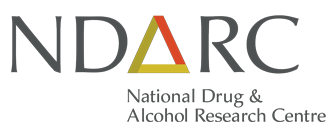
This report presents the findings from the fifteenth year in which data has been collected in South Australia (SA). The Ecstasy and Related Drugs Reporting System (EDRS; formerly the Party Drugs Initiative, or PDI), monitors the price, purity and availability of ‘ecstasy’ (MDMA) and other drugs such as methamphetamine, cocaine, gamma-hydroxybutyrate (GHB), d-lysergic acid (LSD), 3,4-methylendioxyamphetamine (MDA) and ketamine. It also examines the demographic characteristics and patterns of drug use among regular psychostimulant users (RPU), the prevalence of risk-taking and harms related to drug use, as well as the level of criminal involvement among this group. It utilises data from three sources: (a) surveys with regular psychostimulant users (RPU); (b) surveys with key experts (KE) who have contact with RPU through the nature of their work; and (c) the analysis of existing data sources that contain information on ecstasy and related drugs (ERD). The EDRS surveys are not representative of psychostimulant users in the general population. The RPU are a sentinel group that provides information on patterns of drug use and market trends.
The findings from each year not only provide a snapshot of the ERD market in Australia, but in total they help to provide an evidence base for policy decisions; for helping inform harm reduction messages; and to provide directions for further investigation when issues of concern are detected. Continued monitoring of the ERD markets in Australia will help add to our understanding of the use of these drugs; the price, purity and availability of these drugs and how these may impact on each other; and the associated harms which may stem from the use of these drugs.
Drug trends in this publication primarily represent trends in Adelaide, where new drug trends are likely to emerge. Patterns of drug use may vary among other groups of RPU in Adelaide and in regional areas.
Resources
R. Sutherland & L. Burns
- Overview
- News
- Our team
- References




